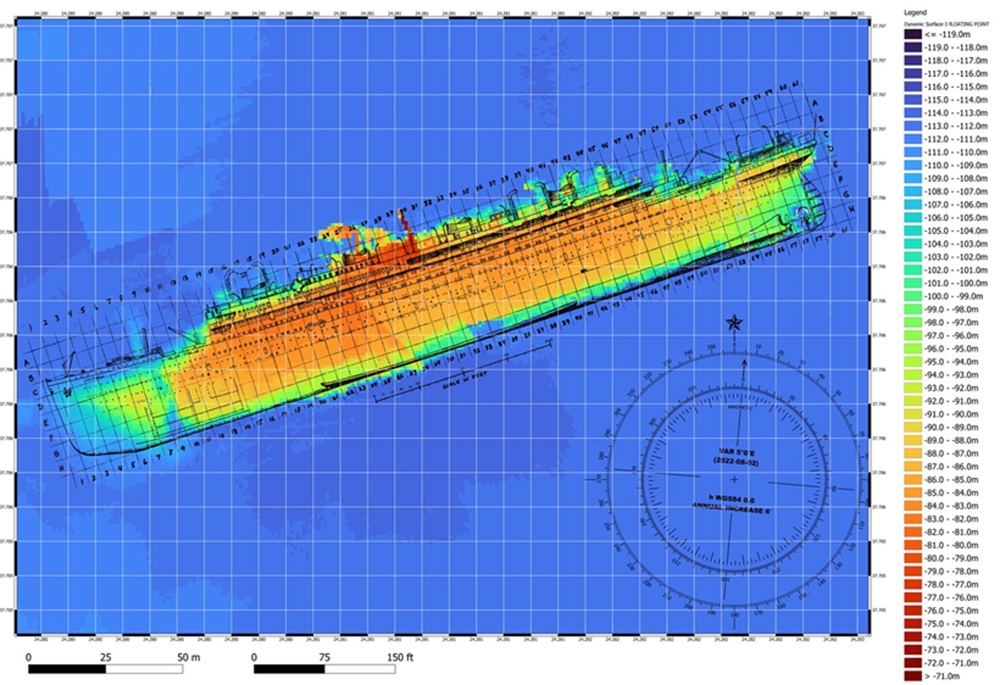
On November 16, 1916, the HMHS Britannic, requisitioned by the British Admiralty to be converted into a floating hospital during World War I, while sailing off Kea, bound for the hospital station on Lemnos, struck a German mine and sank in less than an hour. Of the 1,065 passengers, 30 lost their lives when the ship’s propellers swept away two lifeboats. The HMHS Britannic, one of the largest ocean liners on the North Atlantic route, was the sister ship of the Titanic.
Between May 6 and 13, 2025, a research program approved by the Ministry of Culture was carried out, with objects being raised from the shipwreck site for the first time, from a depth of over 120 meters. The program was carried out under the supervision and guidance of the competent department of the Ministry of Culture, the Ephorate of Underwater Antiquities.
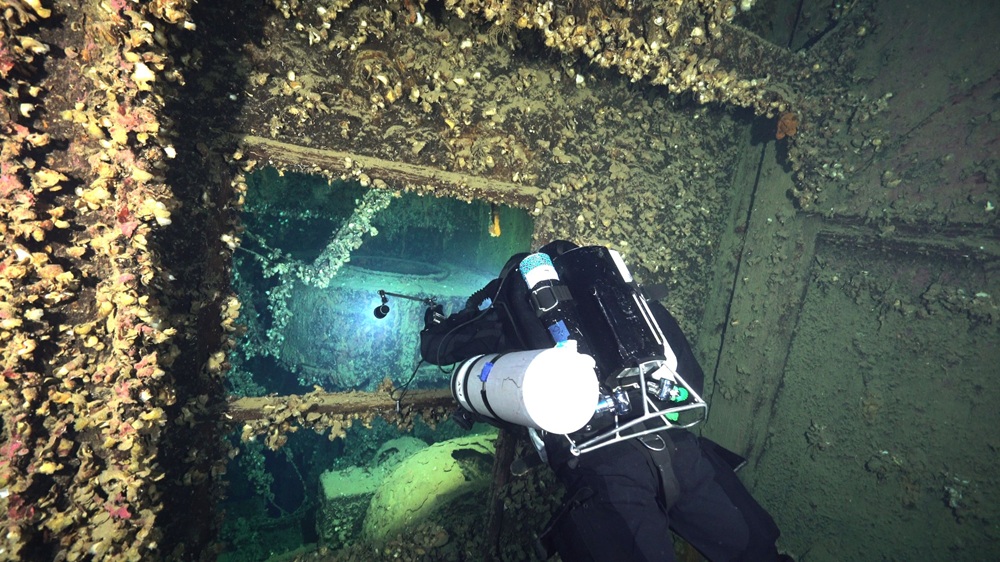
The task of raising the objects was undertaken by an 11-member diving team consisting of professional deep-sea divers, using closed-circuit diving equipment. The research was organized by British amateur historian Simon Mills, founder of the Britannic Foundation, while I. Tzavelakos, Evan Kovacs, and Richie Kohler were responsible for the safety and organization of the dives. Throughout the investigation, a three-member team from the Ephorate of Underwater Antiquities was present, consisting of Evangelistis Dionysios, a diving archaeologist, Fousiki Chrysa, diving conservator, and Mersenier Louis, underwater technician, for the overall supervision and coordination of the work, the reception of the finds, and the implementation of the initial conservation work. Some of the objects selected during the initial planning of the research could not be recovered due to their location and condition. Conditions at the shipwreck site were particularly difficult due to currents, great depth, and low visibility.
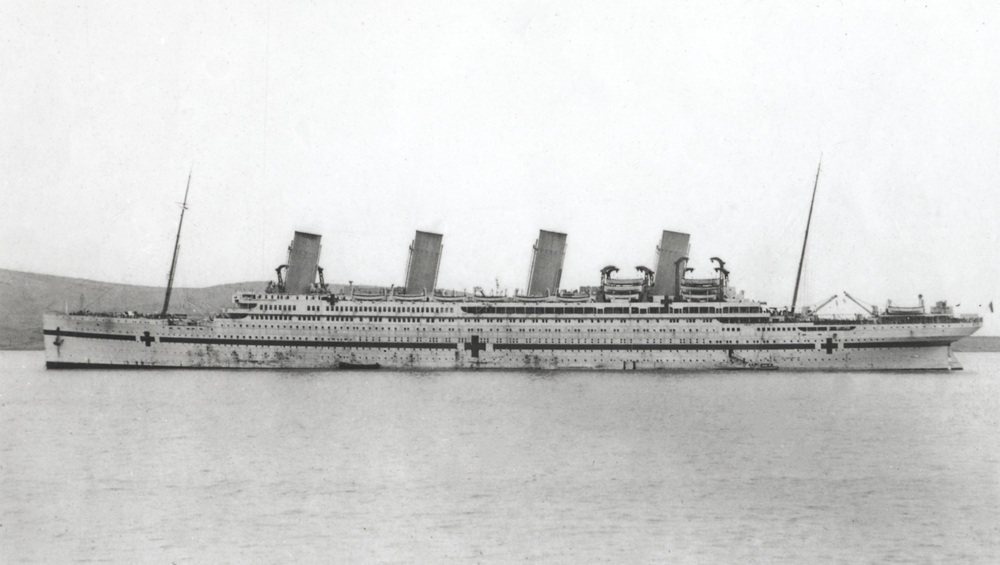
All of the objects were safely and carefully recovered using air bags by the diving team. The objects were then placed in specially designed boxes, and the process of cleaning them of marine organisms began immediately. During the investigation, the finds were stored in a space provided to the Ephorate of Underwater Antiquities by the Kea Police Department. Upon completion of the investigation, all of the objects were safely transported to the laboratories of the Ephorate of Underwater Antiquities in Athens, where the process of their conservation continues.
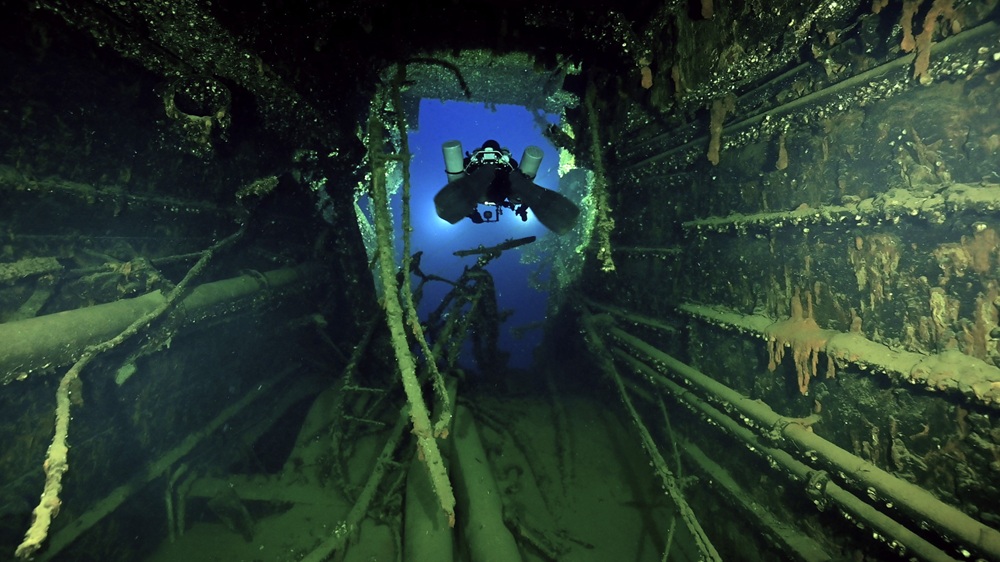
Among the objects recovered, of particular interest are the ship’s observation bell, the left navigation light, various items from the portable equipment of the first and second positions, ceramic tiles from the decoration of the Turkish bath, which were found detached, and a pair of observation binoculars.
The objects will be included in the permanent exhibition of the National Museum of Underwater Antiquities, currently under construction in Piraeus, in the section on World War I, where the wreck of the “British” is a prominent exhibit.
Thanks for the successful outcome of the entire project are due to the 11-member diving team, as well as the Municipality of Kea, the Port Authority, and the Kea Police Department.

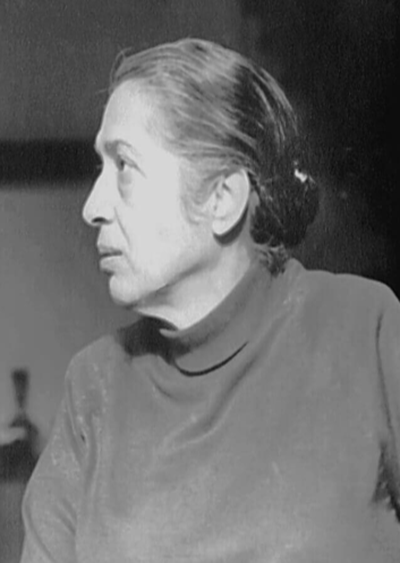
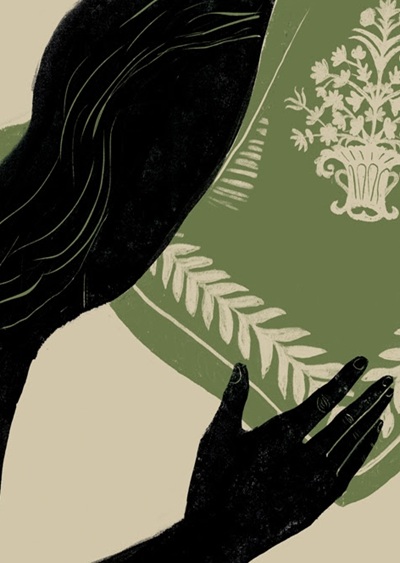
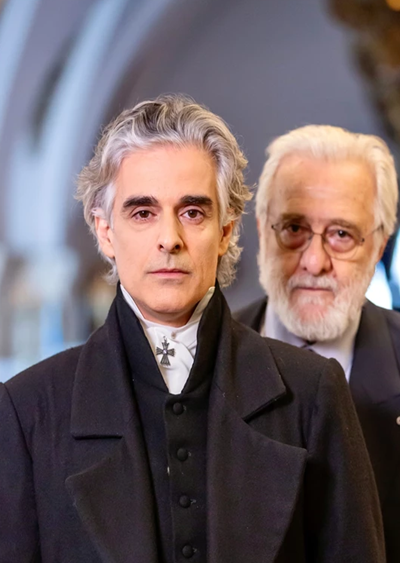



Leave A Comment